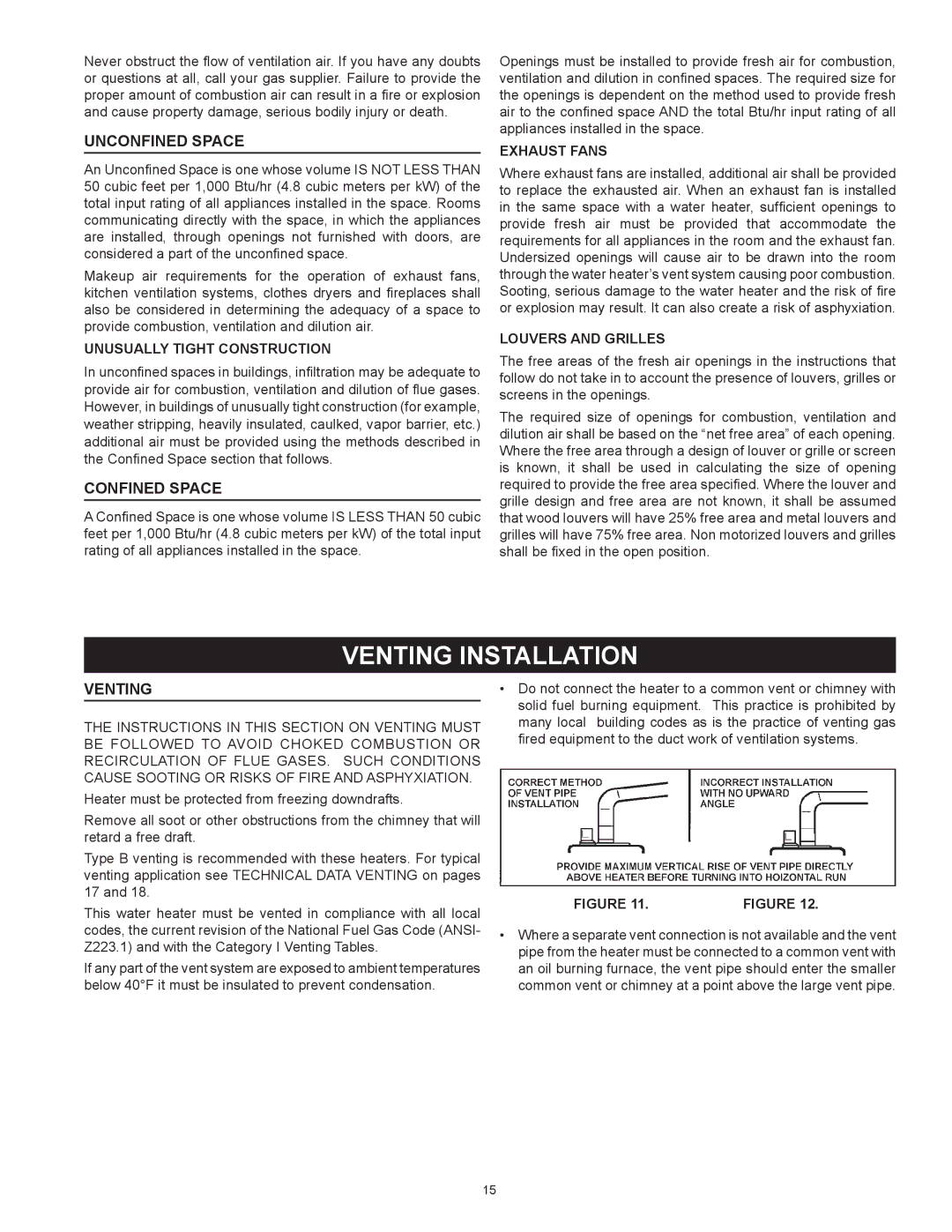N71120NE, N85390NE specifications
Reliance Water Heaters has established itself as a trusted name in the water heating industry, consistently delivering high-quality products that meet the diverse needs of consumers. Among their offerings, the Reliance N71120NE and N85390NE models stand out due to their advanced features and innovative technologies.The Reliance N71120NE is known for its efficient heating capabilities, boasting a 40-gallon capacity that is ideal for medium-sized households. This model features a durable glass-lined tank that provides exceptional resistance to rust and corrosion, ensuring longevity and durability. One of its standout characteristics is the built-in energy-saving mode, which optimizes energy consumption without compromising performance. This unit operates on electricity, making it a versatile option for various settings. Additionally, the N71120NE is designed with a temperature control thermostat, allowing users to set and maintain their desired water temperature with ease.
On the other hand, the Reliance N85390NE model offers a larger capacity of 50 gallons, making it suitable for larger families or homes with increased hot water demands. Similar to the N71120NE, this model comes with a glass-lined tank for superior protection against corrosion. One of the advanced technologies featured in the N85390NE is the High-Quality Insulation System, which minimizes heat loss and maintains water temperature efficiently. This model also includes a self-diagnostics system, providing users with real-time updates on performance and maintenance needs. The innovative anode rod in this unit extends the lifespan of the tank by sacrificially corroding instead of the tank itself.
Both models are designed with safety in mind, featuring a pressure relief valve that prevents pressure buildup, making them safe for residential use. Moreover, each unit adheres to the latest energy efficiency standards, contributing to reduced utility bills and a smaller carbon footprint.
Reliance Water Heaters emphasizes user-friendly installation and maintenance, making it easy for homeowners to enjoy the benefits of these advanced water heaters. Overall, the Reliance N71120NE and N85390NE models represent excellence in water heating technology, offering efficient, reliable, and user-friendly solutions for modern households. Choosing either of these models ensures that users can enjoy hot water on demand while benefiting from enhanced efficiency and durability.

